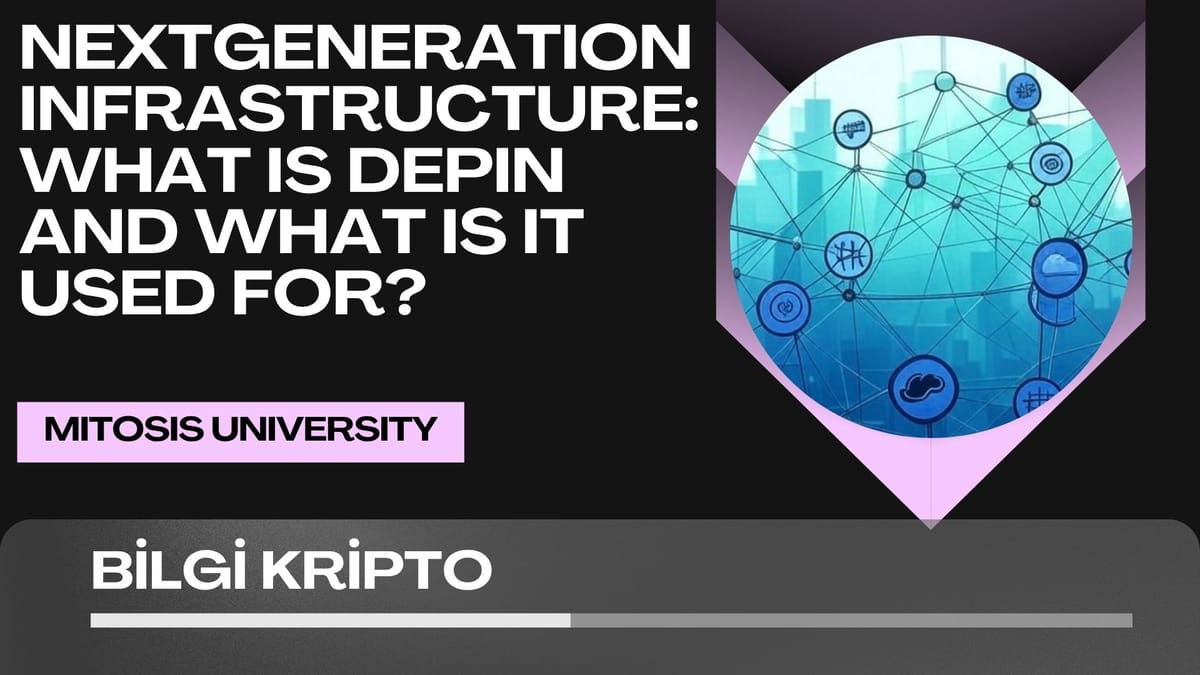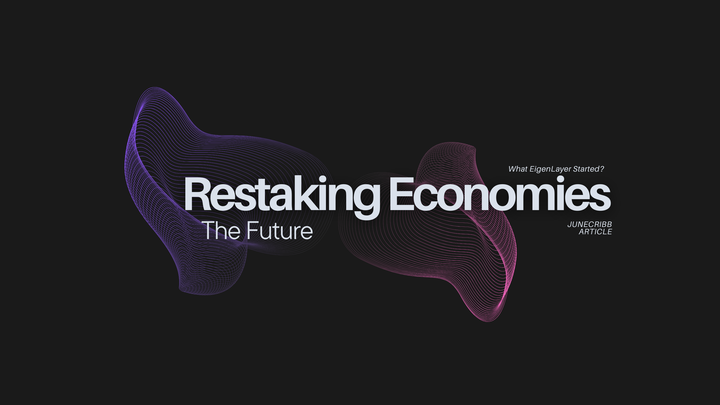Next-Generation Infrastructure: What is DePIN and What Is It Used For? Explained in the Simplest Terms

Technology is advancing in every area of life. Most people have now heard of cryptocurrencies and blockchains. But things are taking a slightly different turn now. In the past, when we talked about blockchain, only digital currencies like Bitcoin or Ethereum came to mind. That’s no longer the case. This technology is now beginning to interact with the real world. And this is where a new concept emerges: DePIN.
It might sound complicated, but don’t worry—I’ll explain it in the simplest way. No technical knowledge is required. By the end of this article, you’ll say, “Alright, I get what this DePIN thing is all about.” Let’s begin.
What Does DePIN Mean?
DePIN stands for Decentralized Physical Infrastructure Network.
In simpler terms, it means that we no longer need a single centralized authority to manage certain systems. This management is distributed among everyone. Just like Bitcoin allows people—not banks—to control money, DePIN distributes control over things like power grids or data storage among individuals.

Let’s Explain With a Real-Life Example
Imagine a neighborhood with solar panels. Normally, the electricity generated from these panels is sold to the government or an energy company, which then sells it to others. Everyone depends on these middlemen.
But DePIN changes that. People in the neighborhood can connect and sell the excess electricity directly to one another. No companies in the middle, no invoices. Everything is recorded and secured on a blockchain. The result? A cheaper and fairer system.
How Does DePIN Work?
Think of it like this:
- There is a system—such as an energy grid, internet infrastructure, or transportation network.
- Within this system, there are people—those who contribute, provide services, or use them.
- Blockchain technology records all these transactions.
- Smart devices (IoT) collect data and automate tasks.
So people and devices work together, everything is recorded, and the system runs in a decentralized way. In a sense, everyone becomes a mini-administrator.
In Which Areas Is DePIN Used?
1. Energy Distribution
As mentioned above, the solar panel example fits here. You can sell your excess energy to your neighbor. There are even apps that automate this process.
2. Data Storage
With services like Google Drive or iCloud, your data is stored with centralized companies. In DePIN projects, people rent out their unused computer space to others. It’s both more secure and independent of corporations.
3. Internet Service
Instead of relying on large internet providers, people can share internet with each other. This makes it easier to get connected even in rural areas.
4. Transportation and Logistics
If you need to move something, you don’t have to rely on shipping companies. Participants in the system help each other. It works like a collaborative game where everyone contributes.
Why Is It Important?
1. End of Monopolies
Systems not controlled by big corporations are fairer. No one can say, “I don’t want to provide this service.”
2. More Secure
Data is not held in one central location but is distributed. This makes it much harder to hack or lose.
3. Income Opportunities
Anyone with an internet connection or device can contribute to the system and earn money. For example, you can earn cryptocurrency by sharing storage on your unused computer.
4. Easier Access
Access to services like electricity or internet becomes easier, even in remote areas. Because now, it’s not just companies building the infrastructure—it’s everyone.
Are There Any Challenges? Of Course
These systems are still relatively new. Not everyone finds them easy to understand or use—especially older people or those unfamiliar with technology. It’s also still unclear how governments will respond. While it offers freedom, the lack of control can make some people uneasy.
But as the technology evolves and user interfaces become simpler, these problems will be overcome. Just like with the internet, what seemed hard at first eventually became a normal part of life.

Conclusion: DePIN Could Be the Real-World Infrastructure of the Future
Think of it like this: once we had cassette tapes, then CDs, then MP3s… and eventually, Spotify took music fully digital. The same is now happening with infrastructure systems. Electricity, internet, and data storage are becoming decentralized. These services are no longer built by a few companies—they’re built by all of us.
That’s why DePIN could be extremely important in the future. Maybe a few years from now, you’ll buy electricity from your neighbor or earn money with your idle computer.
In short, DePIN isn’t just a piece of technology—it’s a new way of living


Comments ()